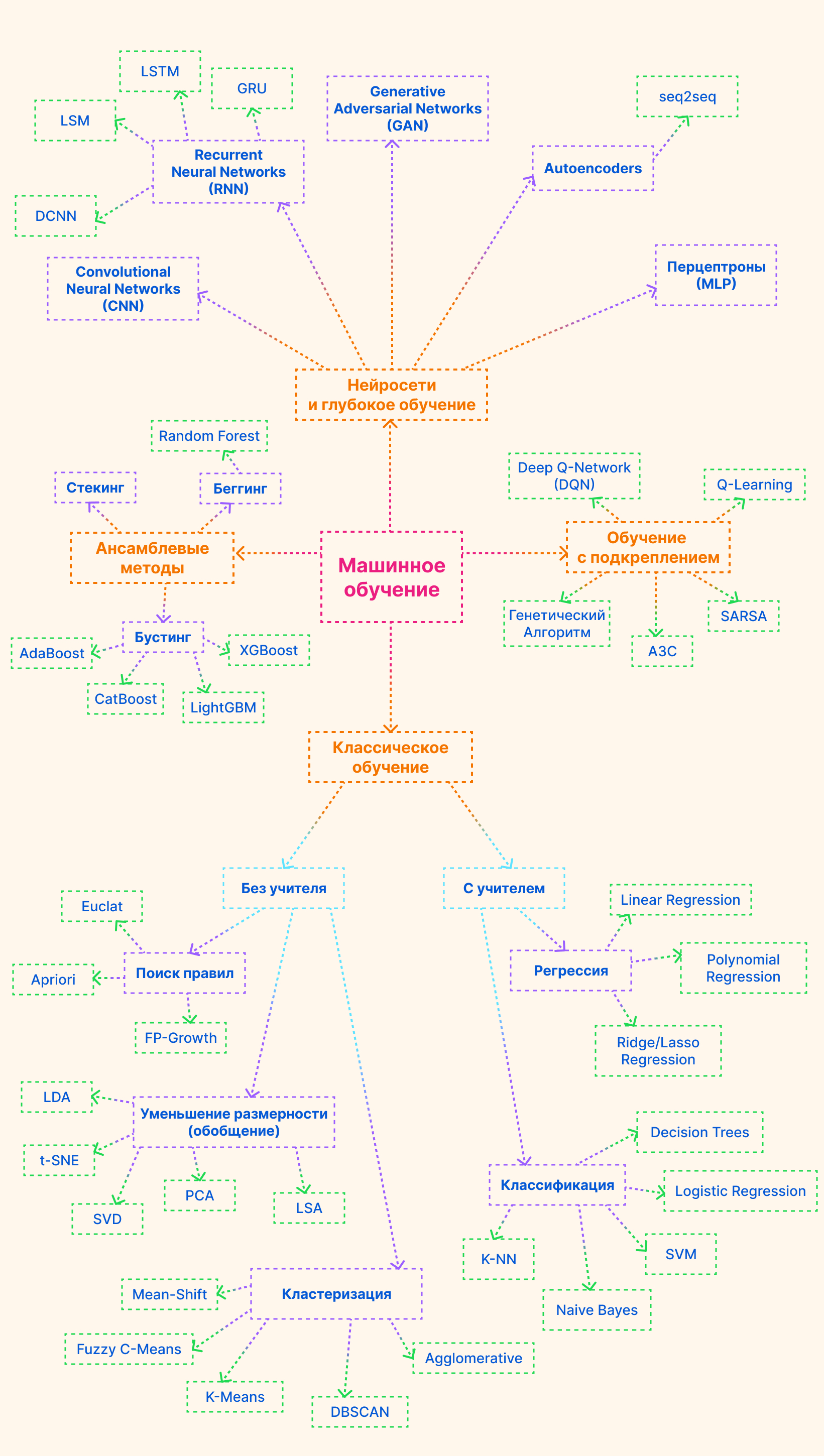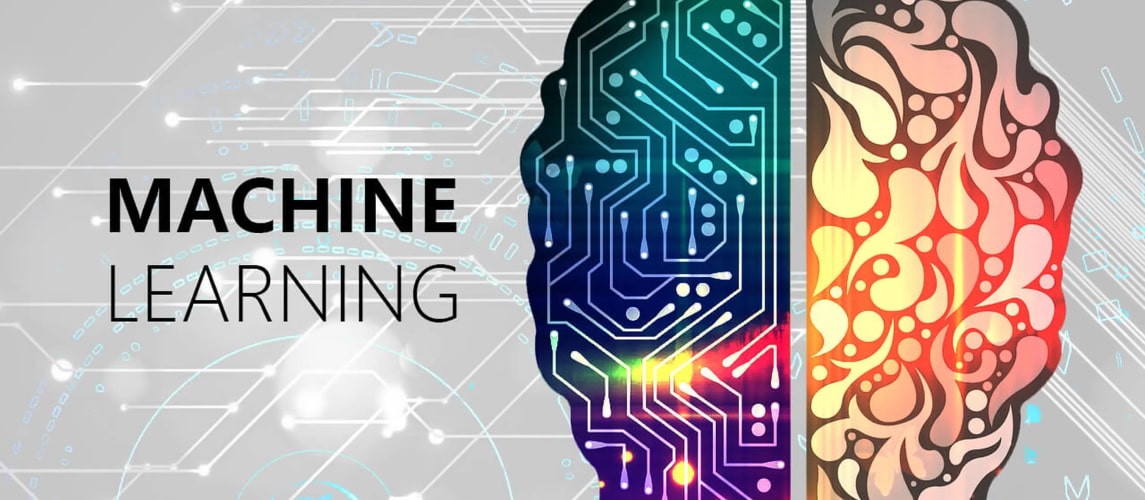Machine Learning (ML) is the science of developing algorithms and static models designed to teach artificial intelligence to work independently. They allow computer systems to perform assigned tasks based on patterns or logical conclusions.
Science has opened up new possibilities for computers to solve problems that previously could only be performed by the humans. The main task of machine learning is to teach a computer system to make accurate predictions based on the data provided. This significantly increases the potential of artificial intelligence, and its role in the development of modern business becomes almost irreplaceable.
Machine learning helps companies grow, solve problems, and find new sources of income. Data analysis is one of the important areas in this area, it allows you to automate and optimize the process. Machine Learning can be used in any workflow. This applies not only to the traditional business part, but also to research and the production part. ML is represented by a wide variety of methods, only the operating principle is inviolable.
How machine learning works
At the heart of machine learning is the mathematical relationship between input and output data. The algorithm generates information about this relationship based on the required amount of data, since it does not have previously received information about it. In other words, the algorithm has the following important components:
- data, the more there are, the more effective machine learning will be;
- signs associated with the parameters on which machine learning is carried out;
- algorithms, which are Machine Learning methods that determine the accuracy, speed and size of the finished model.
There are quite a lot of machine learning methods. Of all the existing types, 2 of them are especially popular and recognized as classics:
- With a teacher. The data already contains the correct answer, so the algorithm only needs to identify the relationships. In other words, the process resembles the knowledge of the surrounding world by a child, where the algorithm is the child himself. As a result, this type helps to build correct predictions and patterns, and its functional tasks include regression, forecasting, classification and ranking.
- Without a teacher. An algorithm of this type needs to process a large amount of data independently in order to identify patterns. Then they need to be interpreted and systematized. In addition, the algorithm builds confidence regions, reduces dimensions, and fills in missing values.
There is another equally popular type – reinforcement learning. The algorithm needs to find the optimal actions, and the scenarios can be very different. The consequences of the measures taken can be both short-term and long-term. The complete list of ML types is a schematically represented below.

Various languages are used to implement the principle of machine learning: R, Julia, Scala and Python. The development environment is also quite variable: Visual Studio, Jupyter, R-Brain, PyCharm.
According to forecasts, by 2025, about 50% of data processing and analysis processes will be fully automated using artificial intelligence. Machine learning has long been a part of everyday life. This is a modern step in the business development, and sometimes even a revolution in different areas of our lives.
